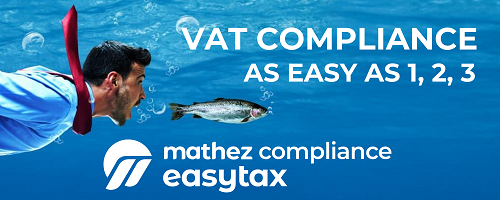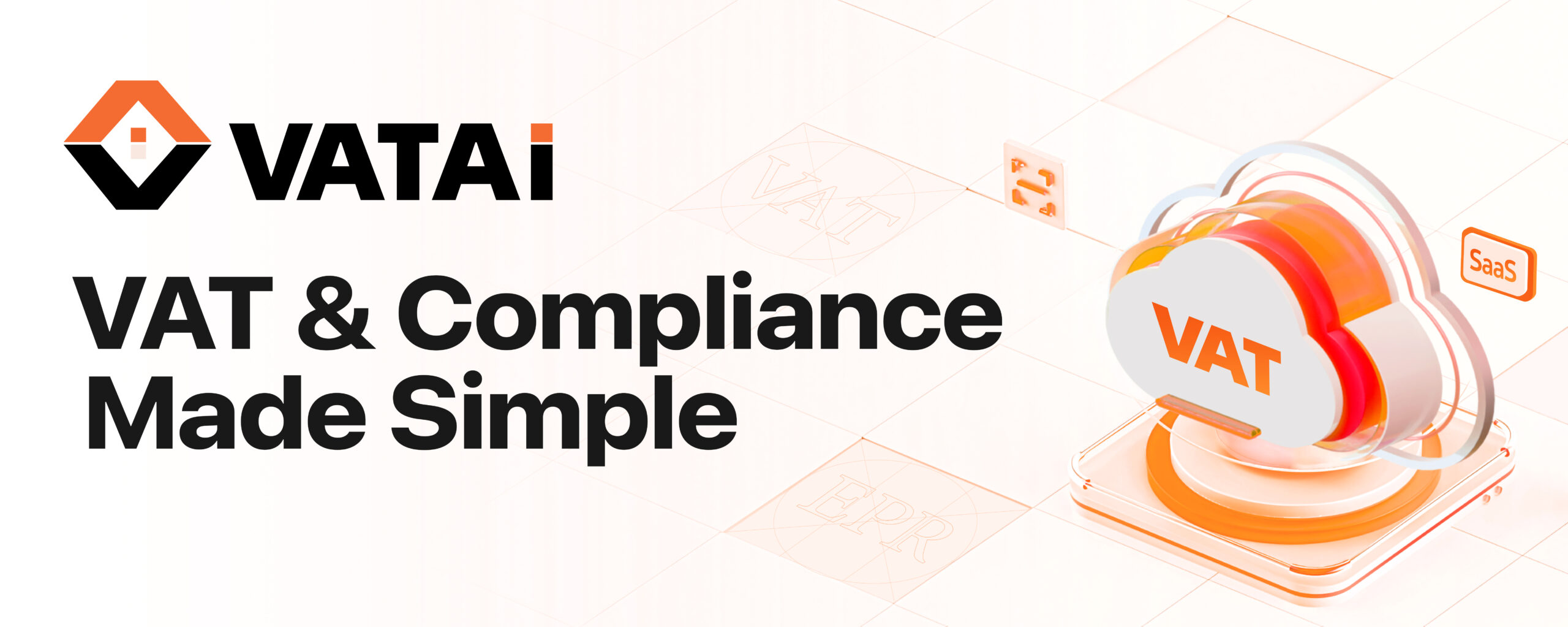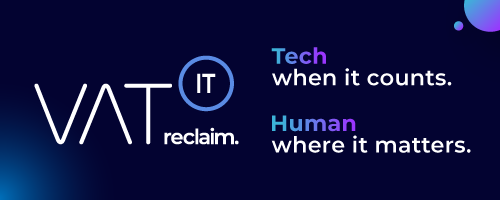Richard Thompson Ainsworth
NYU – Graduate Tax Program; Boston University – School of Law
Musaad Alwohaibi
University of Florida Levin College of Law
Mike Cheetham
Independent
Camille Tirand
Organization for Economic Co-Operation and Development (OECD) – Centre for Tax Policy and Administration (CTP)
Date Written: March 12, 2018
Abstract
On October 4, 2017, in an effort to recover some of the VAT lost annually, the European Commission proposed “far-reaching reforms.” The immediate target is a €50 billion slice of an estimated €150 billion overall annual loss. In its proposal the Commission is looking only at Missing Trader Intra-Community (MTIC) fraud in goods.
Goods (alone) are targeted.
If we have learned anything about MTIC fraud since January 1, 1993, it is that fraudsters engaged in this activity are exceptionally agile. MTIC frauds migrate and mutate on command. For example, MTIC fraud in cell phones quickly migrated to computer chips in 2006 when the UK launched Nemesis, a computer program which tracked cell phones by IMEI (International Mobile Equipment Identity) numbers. But, as tax authorities chased the fraudulent computer chip trade, cost-conscious fraudsters migrated out of the small, high value, easy to transport chips market into tradeable services. Transferring supplies with a mouse and a keyboard is easier than shipping computer chips across EU borders to complete a fraud. And besides, the tax authorities were not looking in this direction at the time.
MTIC has now moved strongly into digitally transferred services, notably emissions permits, VoIP, and phone cards. If we know anything about MTIC, it is that it refuses to be confined to a country, a type of supply, or a commercial sector. In the gas and electric markets MTIC fraud occurs in a “virtual economy,” one that intersects with the real economy only at the very beginning and very end of a highly controlled fraud chain. In other words, gas and electric MTIC fraud effectively occurs in the “cloud.” What could be easier, or harder to prevent?
The difficulty with the Commission’s October 4 proposal and its impact analysis is that it ignores the fungibility of MTIC fraud. Stopping one MTIC manifestation, will not necessarily reduce the overall economic loss. A system-wide fix is needed.
This paper considers the Commission’s “far-reaching reform” proposal of October 4, 2017 in three respects.
• First it considers an immediate antecedent reform, one proposed by the Commission in 1996 that relied on a clearing house mechanism. This proposal failed largely due to a lack of trust among the Member States that were required to share collected revenue. Trust remains a critical component of any solution, and needs to be part of this “far-reaching reform” proposal.
• Secondly, it demonstrates how the current proposal works, how it prevents some types of MTIC fraud outright, and limits others. This discussion accepts the Commission’s proposal as it finds it, and ignores the fact that a simple migration of MTIC goods frauds into services frauds would likely swallow up all the gains in MTIC prevention that this proposal brings to the table.
• Thirdly, it presents a blockchain solution that employs VATCoins. The paper concludes that the Commission’s current proposal, if placed on a blockchain would bring trust back into this discussion in a manner that allows the Commission’s current proposal to flourish as a solid technological extension of its original 1996 proposal.
This paper concludes that if the Commission’s current proposal places cross-border transactional data on a blockchain, and utilizes VATCoins instead of fiat currency for cross-border tax payments, then the Commission will resolve the problem of Member State trust that doomed its 1996 solution. This solution can be rolled out over all cross-border trade (goods and services), and it should be if we hope to immunize the VAT from MTIC.
Source: ssrn.com














